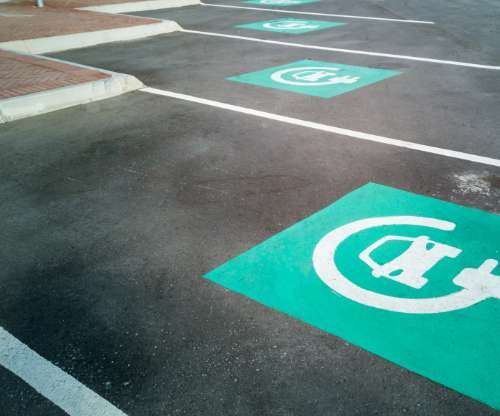False Starts: The Story of Vehicle-to-Grid Power
Cars That Think
MARCH 11, 2023
They wanted to see whether an electric vehicle could feed electricity back to the grid. The company’s president, Tom Gage , dubbed the system “vehicle to grid” or V2G. And EV owners would become entrepreneurs, selling electricity back to the grid. And indeed, that’s how promoters of vehicle-to-grid technology perceive the EV.











Let's personalize your content